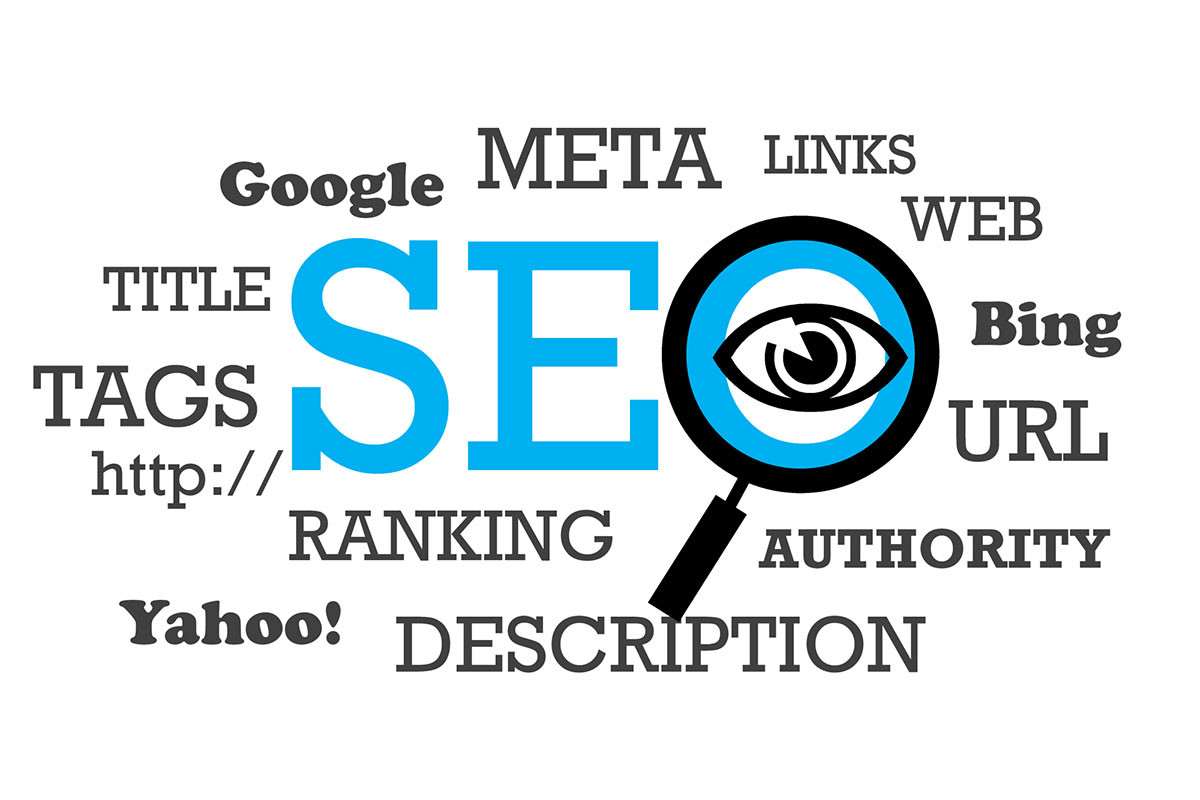There are currently over 1.7 billion websites online and it’s the job of search engines to rank all these websites in order of relevance whenever anyone searches.
Nobody ever says that they found something on the second or third page of the search engine results pages. In fact, it’s rare that you’d need to look lower than the top five results.
Did you know that the top result on the search engine results page gets roughly one-third of all traffic? And, what puts websites in the top spot? Search engine optimization (SEO). But what are the different types of SEO?
In this article, we’ll look at the different SEO types and how you can use them to improve your website’s ranking.
What Are the Different Types of SEO?
There are four main types of SEO, these include:
- On-page SEO- This relates to anything that you can do on your site to improve rankings
- Off-page SEO- This relates to measures you take away from your site to promote it
- Technical SEO- This relates to anything you do behind the scenes to make your website ranking higher
- Local SEO- This refers to anything that you do to promote your website in the local search rankings
All of the different SEO options are vital for improving your ranking position.
On-Page SEO
On-page SEO is one of the main types of SEO and perhaps one of the most important too. If you want your site to feature in the search engine rankings, you should include elements of on-page SEO.
One of the biggest areas relates to keywords and how you use them.
Keywords and Best Practices
If you want your website to rank on the search engine results page (SERP), then you’re going to need to use keywords.
Keywords are words and phrases that let the likes of Google and Bing know what your content is all about. It could be one or two words, or it could be a string of words. These are called long-tail keywords.
When creating content, use a keyword planner to decide which words or phrases you should try to rank for. Using keyword tools will help you identify the likelihood of your ranking for the terms you’ve used.
Your keywords should be positioned in your content naturally. They should be used in the introduction, conclusion, and on at least one header on the page.
Don’t go over-the-top with inserting keywords into your content though. If you fill your content with repeated phrases, then you’ll end up getting penalized. This is because your content quality will suffer.
Optimizing Keywords for Voice Search
Technology is ever-changing and one of the developments of recent years has been the use of voice search. Using smart speakers and voice search on smartphones, it’s possible to read your search terms out loud.
Because you’re saying these rather than typing them, you’ll tend to say phrases in full. For this reason, it’s best to use long-tail keywords to appeal to voice search.
Try Creating Longer Content
If you’d like your content to rank, consider writing longer-form content. By creating content of 2,000 words or more, you’ll be more likely to rank higher. This is because search engines will believe that your content has more to offer than a shorter form piece.
Internal Linking
Your content needs to link back to other areas of your website. There are two reasons for this. Firstly, you’re teaching the search engines how your website pages relate to each other. Secondly, you’re helping users find more of your content to keep them on your site for longer.
Off-Page SEO
Off-page SEO relates to factors outside of your website that you don’t have direct control over. One of the most commonly used off-page SEO techniques is using backlinks.
Backlinks refer to links to your website from other sites. When another, authoritative website, links to your content, it’s as though you’re getting the stamp of approval from that site. This validation increases your website’s standing and as a result, could help you rank higher.
You can earn backlinks by offering to guest post on a reputable site that accepts guest posts. Another way is creating infographics that other people can use and link to you is a great way of getting backlinks.
Technical SEO
Technical SEO is everything you can do to the construction of your site that will make it rank higher. There are two essential facets to technical SEO. These include improving page load speeds and making sure your website is mobile-friendly.
Improving Your Page Load Speeds
Nobody wants to wait around for a website to load, for that reason your site needs to load quickly. If your site is slow and unresponsive, you’ll end up ranking lower.
You can speed up your site by running a page speeds insights report. Following this, you may need to turn on caching, use lazy load images, and compress your images.
Check that you don’t have unused plugins or themes slowing you down too.
Ensuring Your Website Is Mobile-Friendly
More than half of all searches are made from mobile devices. It’s therefore important that you make sure your website is mobile-friendly.
A mobile-friendly site will have images that load to the size of the screen, and text will also be easily visible.
Local SEO
If you run a local business, you’ll want to make use of local SEO. This will help you to rank at the top of the page and feature on the map.
To improve your position in the local rankings, sign up for services such as Google My Business and other local listing sites.
Getting Assistance With Your Website SEO
Having a knowledge of all of the different types of SEO can be very helpful, however, to get the support that you need you may need the assistance of a company that specializes in SEO.
At Optuno, we offer a wide range of services that can benefit your website SEO.
Get in touch today and book a free consultation to find out how we can help.




 View Printer Friendly Version
View Printer Friendly Version



